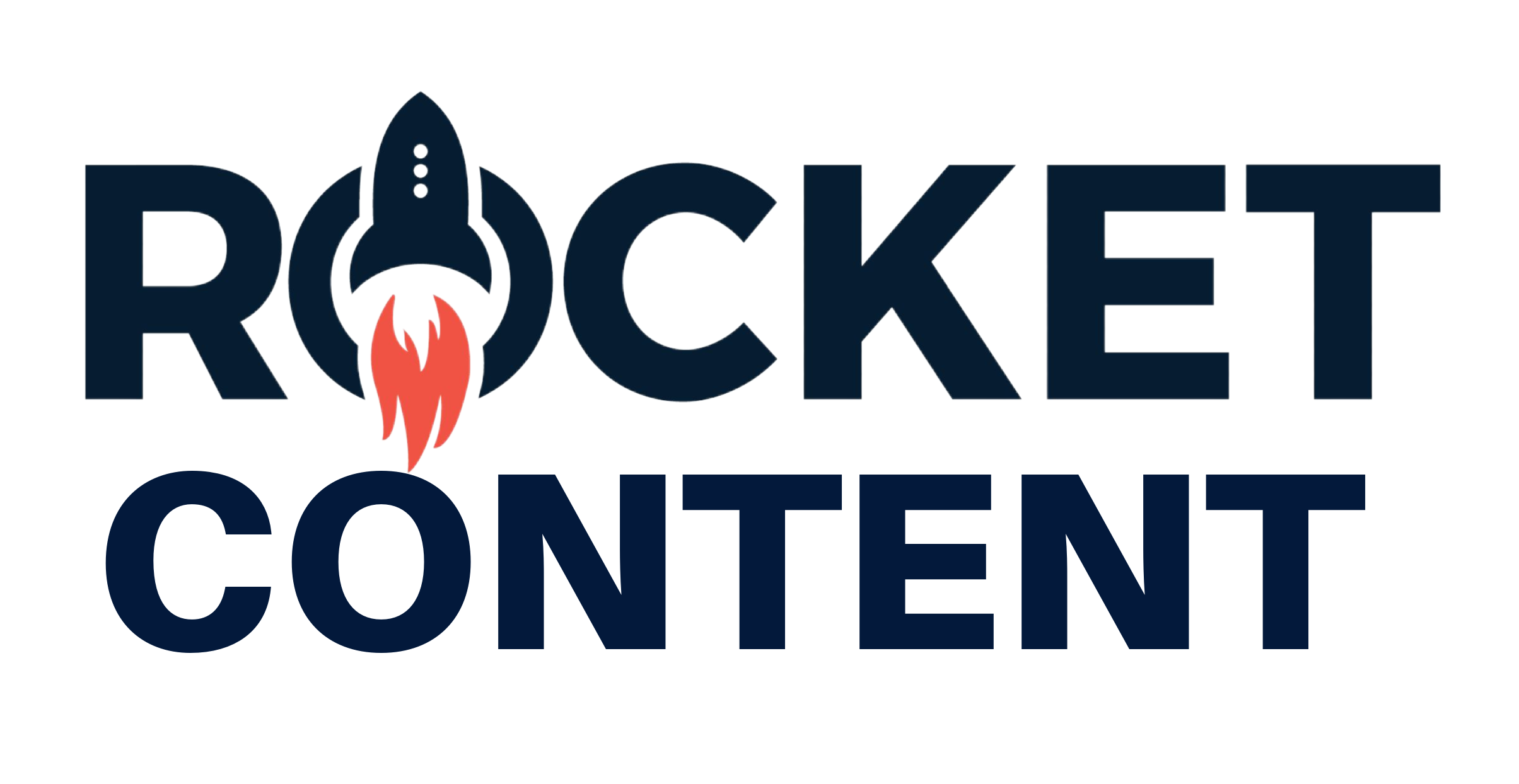What Is A Website Funnel?
A website funnel is a series of pages that lead a website visitor toward a desired goal, such as making a purchase or signing up for a newsletter. Each page in the funnel is designed to bring the visitor closer to the goal, and the overall goal of the funnel is to convert visitors into customers or subscribers.
There are many different ways to create a website funnel, but most funnels will include a home page, an about page, a product or service page, and a checkout or sign-up page. The home page is typically the first step in the funnel and is designed to introduce the visitor to the company or brand. The about page is the second step and is designed to provide more information about the company or bra by ensuring that potential customers are taken through a series of pages that are designed to lead them toward the desired goal.
A website funnel is an important part of any online business, as it helps to convert visitors into customers or subscribers. By creating a well-designed funnel, businesses can increase their chances of success by ensuring that potential customers are taken through a series of pages that are designed to lead them toward the desired goal.
What’s The Difference Between A Website And A Funnel?

A website is a collection of web pages that are typically accessed via a browser. A funnel is a marketing term that refers to the path that potential customers take as they move from awareness of a product or service to purchase. The key difference between a website and a funnel is that a website is static while a funnel is dynamic. It is a passive platform that provides information to users, while a funnel is an active tool that guides users towards a conversion. Website is typically the first touchpoint that potential customers have with a business. It’s important for websites to be well-designed and informative, but they don’t need to be overly complex or include a lot of bells and whistles.
A funnel, on the other hand, is designed to guide users through a specific path with the goal of converting them into customers. Funnels can be complex, but they always have a clear purpose and goal. Both websites and funnels are important tools for businesses, but they serve different purposes. Websites are great for providing information and building awareness, while funnels are essential for driving conversions.
What’s The Importance Of Website Funnel?
Any business that wants to be successful online needs to have a clear and well-defined website funnel. A website funnel is a process that potential customers go through when they visit your website. By understanding this process, you can more effectively target your marketing efforts and ensure that your website is conversion-friendly.
Things To Keep In Mind In Designing Website Funnel:
First, make sure that each step in the funnel is essential for achieving your goal. There’s no point in including a step that doesn’t help move the user closer to converting.
Second, keep the funnel as simple as possible. The more steps there are, the greater the chance that users will get lost or confused and give up before they reach the end.
Finally, make sure that the steps in your funnel are logical and easy to follow. If users have to backtrack or jump through hoops to reach the end, they’re likely to get frustrated and give up.
When it comes to website funnels, there’s no one-size-fits-all solution. The best way to determine what will work best for your business is to experiment and test different approaches. Once you find a funnel that works well for your business, stick with it and continue to fine-tune it over time.
How To Create A Website Conversion Funnel

1. Define Your Conversion Goals
What do you want your website visitors to do? Make a purchase? Sign up for a newsletter? Download a white paper? Whatever your goal, make sure it is specific, measurable, achievable, relevant and time-bound (SMART).
2. Identify Your Audience
Who are your potential customers? What are their needs and wants? Knowing your audience will help you create content that appeals to them and helps you achieve your conversion goals.
3. Create Compelling Content
Your content should be well-written, accurate and informative. It should also be persuasive, convincing potential customers to take the desired action. Use strong calls-to-action (CTAs) throughout your content to encourage your readers to take that next step.
4. Design A User-Friendly Website
Your website should be easy to navigate and visually appealing. Creating a positive user experience will help keep visitors on your site longer, increasing the likelihood of conversion.
5. Promote Your Website
Make sure potential customers can find your website by promoting it through social media, search engine optimization (SEO) and other marketing channels. Once they land on your site, you’ve got to keep them there with great content and a strong CTA.
6. Analyze And Optimize
Use web analytics to track your conversion rate and identify areas for improvement. Regularly testing different design elements, such as CTA placement and messaging, can help you increase your conversion rate over time.
By following these steps, you can create a website conversion funnel that will help turn your website visitors into paying customers.
Elements That Should Be Included In Every Website Funnel:
Awareness:
The first step in the funnel is creating awareness about your brand. This can be done through marketing campaigns, social media, and other online channels.
Interest:
Once potential customers are aware of your brand, they need to develop an interest in what you have to offer. This can be done by providing relevant information about your products or services, as well as demonstrating why they are better than the competition.
Consideration:
In this stage, potential customers start to compare your products or services to the competition. They will look at factors such as price, quality, features, and benefits.
Decision:
Finally, potential customers will make a decision about whether or not to purchase your products or services. This decision will be based on all of the information they have gathered throughout the funnel.
Final Words:
The website funnel is an important aspect of any business’s online presence. It allows businesses to track and analyze the behavior of their website visitors, and convert them into leads or customers. By understanding the key components of a successful website funnel, businesses can improve their results and bottom line. A website funnel typically consists of four stages: awareness, interest, consideration, and decision. Each stage represents a different level of engagement with your website, and each requires a different marketing strategy. By understanding and targeting each stage of the funnel, businesses can maximize their conversion rate and ROI.
Related Articles:
- How To Create A StartUp Website For Your Business
- How To Write A Website Copy That Converts
- What Is An Affiliate Marketing Website
Rosacea is characterized by soreness, flushing, and the appearance of little, pus-filled bumps or pustules otovix cruz verde precio on the skin.

Want to discuss your sites mission?
If you have any questions about the ghostwriter preise service or understand if it is right for you.